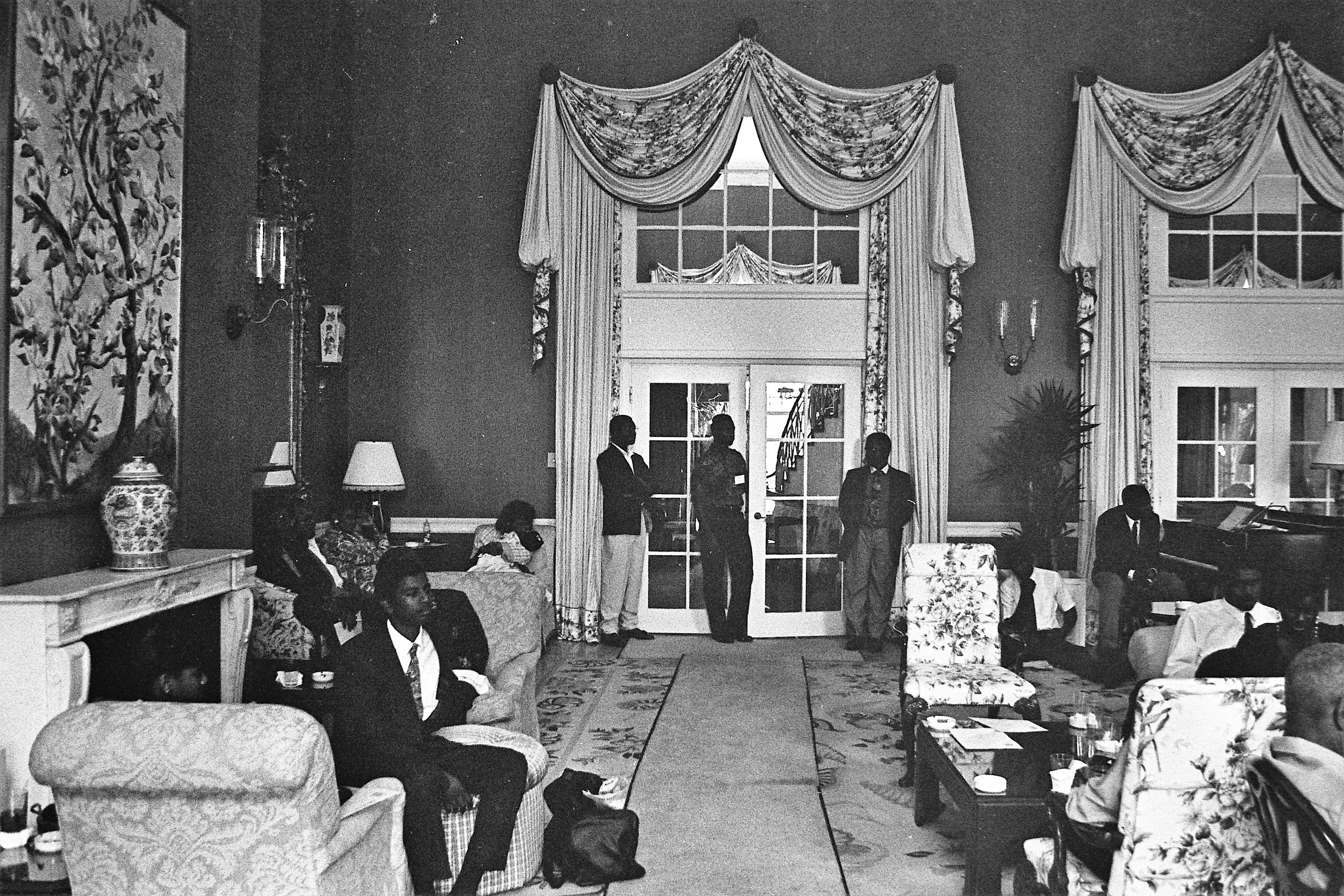
By Dr Ian Bethell-Bennett
The University of The Bahamas
The art of expression is as much a part of culture as is the art of weaving or straw work, yet we often overlook this. When someone says, “I ga beat you into next week,” the local colour is present, but the violent subtext is usually edited out. In Jamaican novelist, dramatist, critic, philosopher, and essayist Sylvia Wynter’s work “We must learn to sit down together and talk about a little culture” (Jamaica Journal, 1968) we see the commodification of art and culture. Yet, we have apparently progressed to the post-independence point where most pre-independence problems are ignored or cured by the shift. But the exploration of sitting down together demonstrates that we have not moved beyond the problems nor have they disappeared. Violence and violent dispossession remain realities, often ignored.
Discussion around independence about Bahamian identity and art or cultural expression have seemingly vanished only because the language has changed and we are less aware of Bahamian culture, cultural icons, moments and watershed events of national and cultural significance. The creation of the National Art Gallery of The Bahamas (NAGB) in 2003 is a watershed moment. The quiet revolution is a nationally defining process, though no revolution is ever complete, and perhaps this is where so many of us have gone so wrong.
“Over-the-Hill Lads in Lyford Cay Luxury”, circa 1993. Eric Rose. Kodak Black and White Film Print. 11″x14″. Image courtesy of the artist.
Culture is consolidated into something that can be consumed in small portions, not the midday oxtail or the home-made bread and sweet milk that kept many children as they slept after supper asleep. Art and culture have become goods to be consumed and removed from the sitting down together to plait, shuck peas or pick grits.
Wynter’s work is seminal to West Indian literature and culture, yet it has almost been overlooked in many current discussions. Wynter writes:
Freedom means the rejection of ‘white lies’ and the acceptance of the ‘black truth’ of his condition. Our condition is one of uprootedness. Our uprootedness is the original model of the total twentieth century disruption of man. It is not often appreciated that West Indian man, qua African slave, and to a lesser extent, white indentured labourer, was the first labour force that emergent capitalism had totally at its disposal.
Yet our historical amnesia is only shattered by the consumption of culture in bite-sized pieces of gentrification, because, the operating assumption is that there is no culture or life inhabited in that space. Bahamian photographer Eric Rose’s photo supported in the National Exhibition 9 “The Fruit and The Seed”, of Over-the-Hill youth in Lyford Cay creates a space to discuss cultures in harmony and some degree of spatial displacement and discomfort. But the conversation needs to be more solidly steeped in culture.
Our culture of violence against women which is overshadowed by our denial of inequalities and the ways we speak of women and children as lesser beings, are often dismissed as unimportant. However the culture of rape and violence go all the way back to the ownership of bodies.Tourism changed all of this as it removed the differences between those bodies and Wynter’s observations.
It is disheartening when spatial eclipse can be so complete that the stories of spaces and places of people born into slavery and freed from bondage are lost. The sitting down together to mend fishing nets or to chew cane are as much under erasure as is the coastal access for many non-wealthy Bahamians. Contemporary artists Dionne Benjamin-Smith, Tessa Whitehead, Heino Schmid and Tiffany Smith with their social and or universal critiques and observations bring many different varied elements to the art or culture table. Meanwhile we still seem to be reducing the discussion to art and not embracing the culture of the everyday and the complexity of Bahamianness and Bahamian space.
As the Over-the-Hill house on blocks cedes to a culture of house built on back-filled swampland that used to drain neighbourhoods, the eating of pear (avocado) and bread or salty and hot sauce merge with other foods, all of these things are disappearing from our social space and tables. Much has been removed from our diets and much knowledge has been lost through the refusal to see and discuss the true diversity of Bahamian culture and life. Bahamian culture cannot be reduced to black and white nor shades of grey; to do so eliminate nuance and so much of us.
When we, for example, bemoan the loss of Lighthouse Point in Eleuthera as a place of Bahamian beauty, perhaps we need to rethink how we take the discussion forward to allow for more voices to be heard. There are Bahamians who will benefit from this venture, but nothing happens automatically as we have seen even when it’s the people’s time.
Violence inflicted on women and girls daily is silenced. Violence inflicted on young men daily is justified. The official discourse of culture justifies the use of Black bodies for hard labour. As George Lamming points out in The Pleasures of Exile “…colonisation is a reciprocal process; to be a colonial is to be a man in a certain relation; and this relation is an example of exile.”
I think we have become exiled from ourselves and our culture. To be able to hide every fact from Bahamians and for young men being beaten by police caught on social media and to have it ignored by the powers that be, speaks to a serious kind of social violence and cultural erasure that opts to recolonise Bahamian culture.
Culture is more than the consumption of art, or the convenient picture of a shack, in an idyllic Over-the-Hill setting, decontextualised of the colonial and labour reality of the people who smile and perform for the frame.
